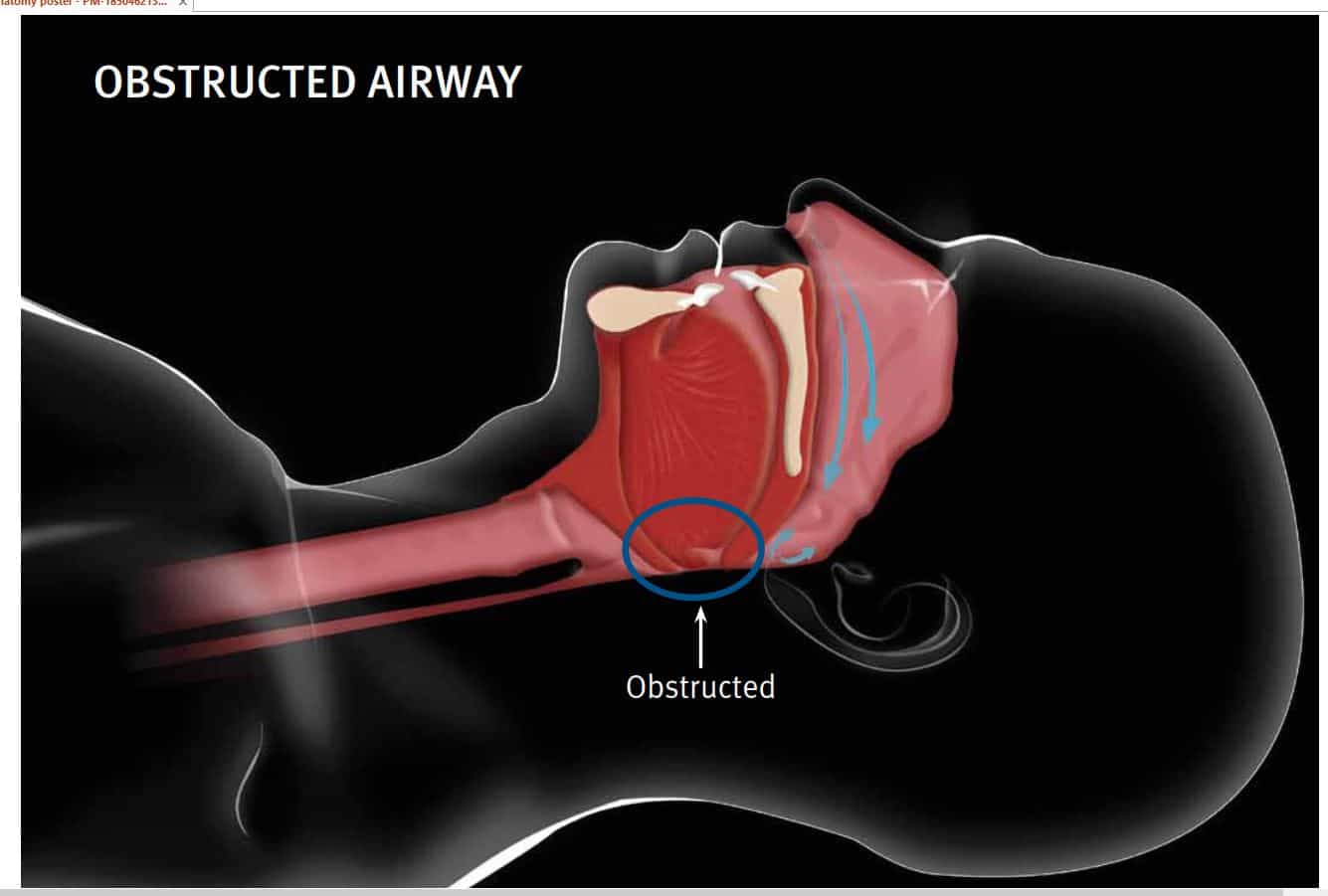Fitting and setting up your equipment
xxxxxxxxxxxxxxxxxxxxxxxxxxxxx
CPAPflow

Reach
The condition is called Obstructive Sleep Apnea, and affects up to 9% of the population’ It can have serious implications on your health, your family, and your day to day activities including your ability to work.
Common signs and symptoms of OSA:
- Loud snoring
- Excessive Daytime sleepiness
- Breathing pauses during sleep 4 Morning headaches
- Lack of concentration and energy.
- Insulin resistant diabetes
- High blood pressure
Progression
OSA can be associated with health problems like high blood pressure, stroke and diabetes, and, when left untreated can lead to heart disease. OSA can also affect your brain activity and mood. Daytime sleepiness often has an impact on your ability to concentrate, making activities such as driving or operating machinery more dangerous.
xxxxxxxxxxxxxxxxxxxxxxxxxxxx
It can take a little time to get used to a mask.
Trialing it while awake can help you to get used to the sensation of wearing it. For some new CPAP users, getting used to the sensation of the mask and air pressure can be very straightforward; for others, it may take practice and time to become comfortable.
The headgear on your mask should feel secure, but not too tight. Your User Instructions will provide tips on how to fit your mask correctly. Please refer to the warnings and cautions before use.
Your CPAP device
Your therapeutic pressure will be pre-set by your healthcare provider.
Make sure to set up the CPAP device by your bed at head height or lower, where the breathing tube can reach you easily and the power plug can reach the wall safely.
Try using the mask and CPAP equipment before going to sleep, even if only for a couple of minutes, to get used to the sensation.
Follow the instructions in your manual, for example on how to start the device and to learn about the different comfort settings you may need to adjust.
OSA Anatomy
Obstructive sleep apnea is characterized by recurring episodes of upper airway collapse during sleep, resulting in breathing pauses and snoring throughout the night. The gold standard treatment for OSA is continuous positive airway pressure (CPAP).
IF YOU SUSPECT YOU OR A FAMILY MEMBER MAY HAVE OSA, PLEASE CONTACT YOUR PHYSICIAN.

Fisher & Paykel Healthcare is a leading designer, manufacturer and marketer of products and systems for use in respiratory care, acute care, surgery and the treatment of obstructive sleep apnea.
F&P medical devices and technologies are designed to help patients transition to less acute care settings, help them recover quicker and assist them to avoid more acute conditions.
If a diagnosis has been confirmed, learn how to choose the right mask and CPAP equipment
KEY
1 Nasal Cavity
2 Nasopharynx
3 Uvula
4 Soft Palate
5 Tongue
6 Oropharynx
7 Trachea
8 Mandible
9 Hard Palate
10 Epiglottis



